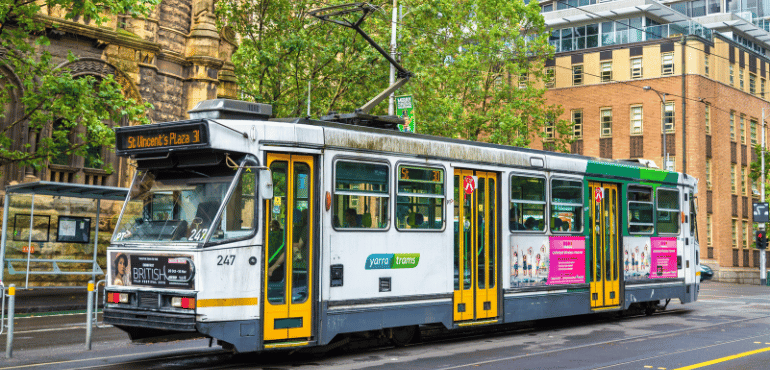Australia is facing a significant challenge as the cost of commuting continues to rise, putting additional pressure on household budgets. This issue not only affects workers but also impacts the country’s economic landscape and urban planning.
As commuting costs increase, many Australians are grappling with tough decisions regarding where they live and work, and how they balance their finances.
The Financial Toll of Commuting
The Australian Commute report reveals that the average daily cost for an Australian to travel to and from work is $20, amounting to $5,020 annually per person. This totals a national expense of $43.2 billion a year.
Public transport costs are also increasing, with Opal fares in NSW rising by 3.7% in October 2023. These escalating expenses are putting immense pressure on individuals and families.
Urban Sprawl and Commuting
Australian cities, like Sydney, are facing challenges due to urban sprawl, which extends commute times and exacerbates housing pressures.
Professor Philip Oldfield from UNSW notes that the lack of family-friendly apartments in city centres forces many to live further away, increasing commute times and costs.
The Power of Flexible Work
Hybrid work arrangements offer potential relief for many Australians. Working from home can significantly cut commuting costs and allow more time for family and personal life.
According to Dr Andrew Dhaenens from UNSW Business School, flexible work patterns are becoming more attractive and may stay the norm.
Future Outlook
In light of the current economic pressures and the urban landscape, it seems that hybrid and flexible work models may offer a solution to the commuting crisis.
These arrangements could help ease the financial burden on Australians and improve work-life balance, benefiting both employees and employers.





